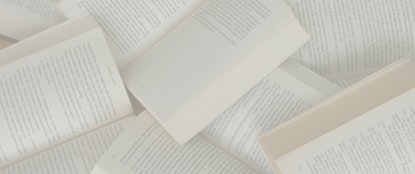Redcliffe Talks: Thomas Chatterton with Professor Nick Groom
Event WebsiteBackground
Thomas Chatterton and St Mary Redcliffe Church
St Mary Redcliffe Church provided the primary inspiration for Thomas Chatterton (1752 – 1770), from its magnificent Gothic architecture to its memorials to Bristol’s dignitaries. Chatterton wrote about the church in his quasi-medieval poems and prose, and also composed modern poems, satires and social sketches.
Chatterton was born in the writing-master’s house of Pile Street School just a stone’s throw from the church. His father, the writing-master, died before Chatterton was born, but among his belongings were various medieval documents that had been taken from a chest in the muniments room above the north porch of the church. It is thought that these ancient documents encouraged Chatterton to imitate medieval language and literature which he attributed to a fifteenth century monk, Thomas Rowley.
Chatterton’s fictional Thomas Rowley was portrayed as a friend of William Canynges (1399-1474) benefactor of Saint Mary Redcliffe and five times Mayor of Bristol. Chatterton presented his poems, some inscribed onto genuine ancient parchments, as if they were actual antiquities. Although close scrutiny of the poems by antiquarians of the time pronounced them to be modern, few believed that they could be the work of a mere fifteen-year-old boy.
The Rowley controversy and Chatterton’s literary legacy
Following Chatterton’s untimely death, there was a fierce literary controversy over the authorship of the work. After years of dispute, the Rowley poems were accepted as Chatterton’s work, and it is upon this work, as well as his satirical verse and anti-slavery poems, that Chatterton’s literary legacy now rests.
Chatterton had a huge influence on the subsequent Romantic movement – inspiring writers such as Blake, Wordsworth, Coleridge, Southey, Shelley, Keats, Rossetti, Browning and Wilde during the nineteenth century, as well as visual artists, inclusing members of the Pre-Raphaelite movement.
The talk
In this talk, Professor Nick Groom looks at Chatterton’s life and work, analysing the myths that have surrounded this fascinating literary figure. The talk will be followed by a Q&A session. This online event will take place on Zoom.
Nick Groom is Professor of Literature in English at the University of Macau, having previously held appointments at the universities of Exeter, Bristol, Chicago, and Stanford. He has published books on subjects ranging from the Gothic to the English seasons, and has published many essays and articles on Thomas Chatterton. His latest book, The Vampire: A New History, was published by Yale University Press in 2018.


